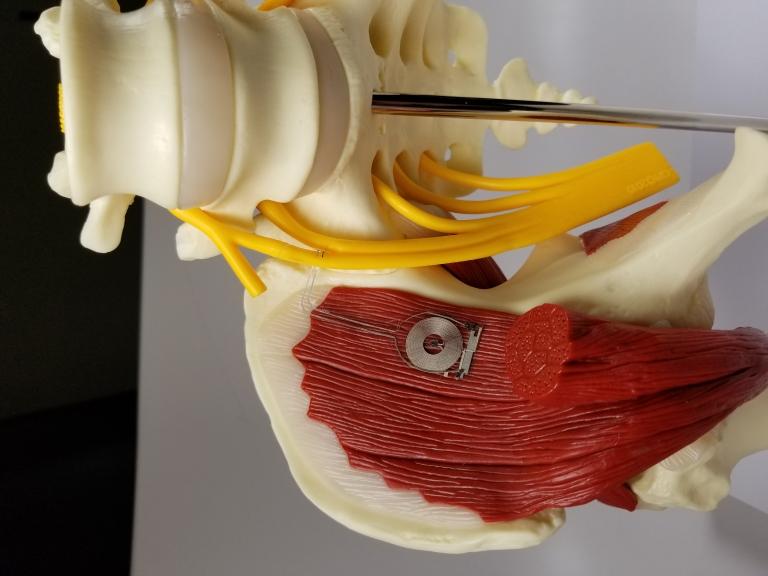TECH

Bioeletronic device dissolves in the body after recovering nerves
Electronic medicine
The first example of "bioelectronic medicine" is a wireless device, biodegradable and implantable, designed to accelerate regeneration and improve healing of damaged nerves.The device manages regular pulses of electricity to the damaged peripheral nerves after a surgical repair process, accelerating the regrowth of nerves and improving the final recovery of strength and muscle control.The size of a coin and the thickness of a sheet of paper, the device worked on laboratory animals for about two weeks, before being absorbed naturally by the body.This type of technology, which researchers call bioelectronic medicine, aims to deliver therapy and treatment over a clinically relevant period of time and directly where it is needed, thereby reducing the side effects or risks associated with conventional chemical medications and permanent implants."These systems provide an active and therapeutic function in a dosable and programmable format, and then disappear naturally into the body without a trace. This approach to therapy allows you to think about options that go beyond drugs and chemistry," said Professor John Rogers , from Northwestern University, USA.
Bioelectrical medicine
The expectation is that these transient technologies - devices that degrade in the body after fulfilling their function - may in the future complement or replace pharmaceutical treatments for a variety of medical conditions.That's why several teams around the world are working on water-borne chips, chemical integrated circuits, plastic neural signal sinks, and even artificial silicon skeletons.Although the device now shown has not yet been tested in humans, the findings are promising as a future therapeutic option for patients with nerve damage, Rogers said.Source:Jahyun Koo, Matthew R. MacEwan, Seung-Kyun Kang, Sang Min Won, Manu Stephen, Paul Gamble, Zhaoqian Xie, Ying Yan, Yu-Yu Chen, Jiho Shin, Nathan Birenbaum, Sangjin Chung, Sung Bong Kim, Jawad Khalifeh, Daniel V. Harburg, Kelsey Bean, Michael Paskett, Jeonghyun Kim, Zohny S. Zohny, Seung Min Lee, Ruoyao Zhang, Kaijing Luo, Bowen Ji, Anthony Banks, Hyuck Mo Lee, Younggang Huang, Wilson Z. Ray, John A. Rogers

No comments:
Post a Comment